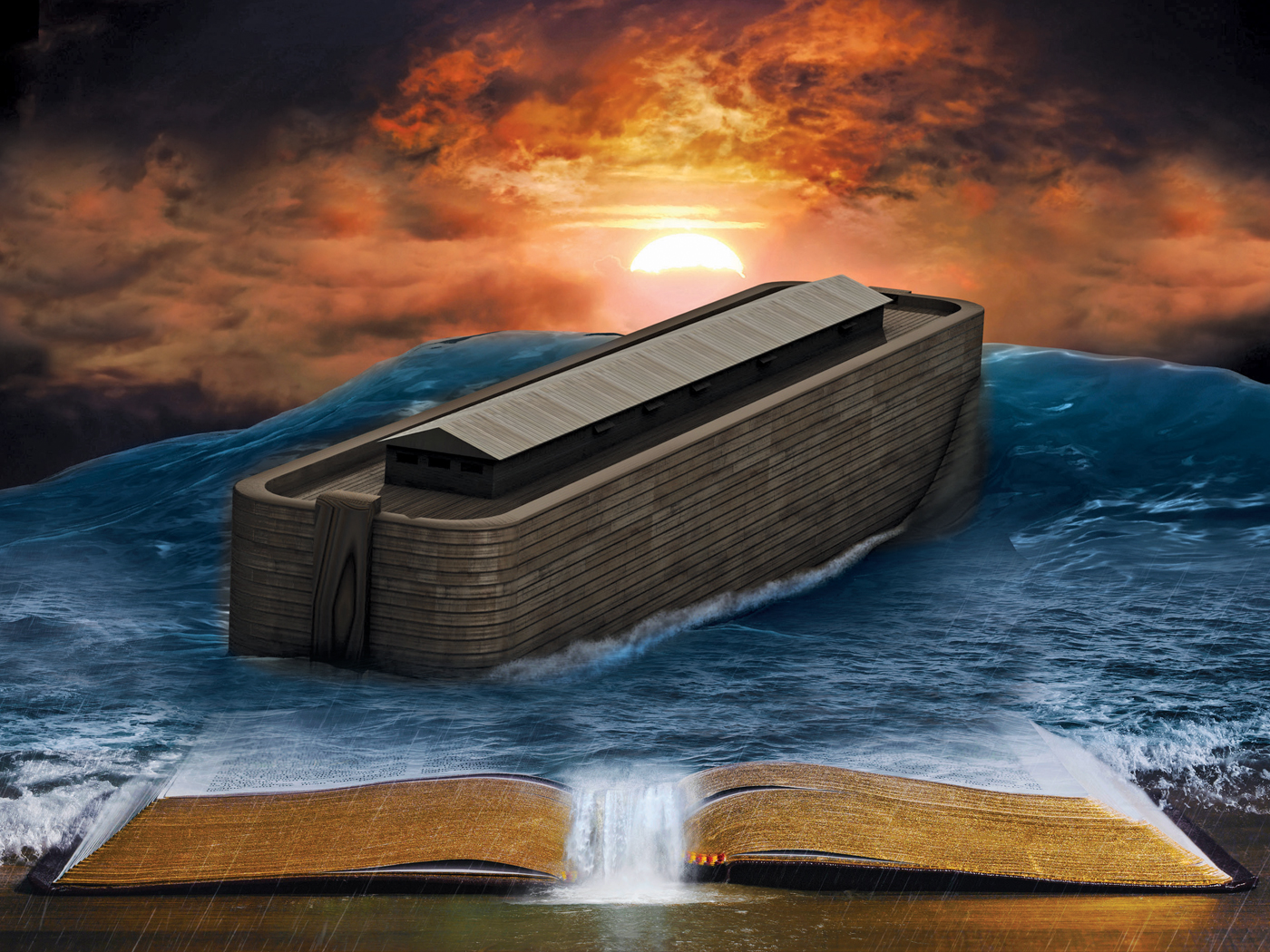Researchers at the University of Alberta have discovered osmium signatures in shale.1 Osmium is a radioactive element that is commonly found in lava and in water that is near lava. The scientists were interested in discovering the cause of a particular “oceanic anoxic event,” a time when the earth’s marine life underwent massive die-offs.
The once-living tissue of these marine organisms was preserved at the ocean floor and converted to oil. That oil was then mixed with mud, and the oil-mud mixture turned into oil-rich shale (a sedimentary rock). Study co-author Stephen Turgeon said, "The oxygen was driven from the ocean and all the organic matter accumulated on the bottom of the sea bed, and now we have these nice, big, black shale deposits worldwide, source rocks for the petroleum we have today."2
Since there is osmium in the shale-oil, and since osmium likely came from magma, investigators reason that a “massive magmatic episode”1 caused the extensive marine extermination. This was not a slow and gradual process, but catastrophic.
The find fits well with the history of what the Bible describes as occurring during the Flood of Noah. Genesis 7:11 states, “In the six hundredth year of Noah's life, in the second month, the seventeenth day of the month, the same day were all the fountains of the great deep broken up, and the windows of heaven were opened.” This passage indicates that fluids from the great deep, likely consisting of steam mixed with molten volcanic rock, burst out onto earth’s surface3 and it accounts for the volcanic-derived osmium found in the shale. This discovery now has science catching up with the biblical record.
Not only would the Flood model predict the observed osmium, but its year-long, earth-shaping energy could have mixed mud with the marine organic debris, buried it, and preserved it as oil in shale. This is in contrast to the slow and gradual development assumed by the evolutionary model. If long, slow processes were involved, then why didn’t the oil completely decompose into organic gases while it sat on the ocean floor for millions of years? Surely, a sudden and dramatic event is required not only to explain the “oceanic anoxic event,” but also the oceanic shale and oil preservation.
The Flood model can explain both. If we accept the truth of the biblical account, then we might reflect on the generosity of God to have, as a fruit of His wrath against sinful humanity, provided oil for our consumption, as well as a worldwide sedimentary record to corroborate the Flood event recorded in His Book.
References
- Turgeon, S.C. and R.A. Creaser. 2008. Cretaceous oceanic anoxic event 2 triggered by a massive magmatic episode. Nature. 454: 323-326. Accessed online July 24, 2008.
- Poon, I. Undersea volcanoes triggered marine extinction, says study, Express News. Posted on the University of Alberta website July 16, 2008, accessed July 25, 2008.
- Morris, H. and J. Whitcomb. 1961. The Genesis Flood. Phillipsburg, NJ: Presbyterian and Reformed Publishing, 9.
* Mr. Thomas is Science Writer.
Article posted on July 31, 2008.










